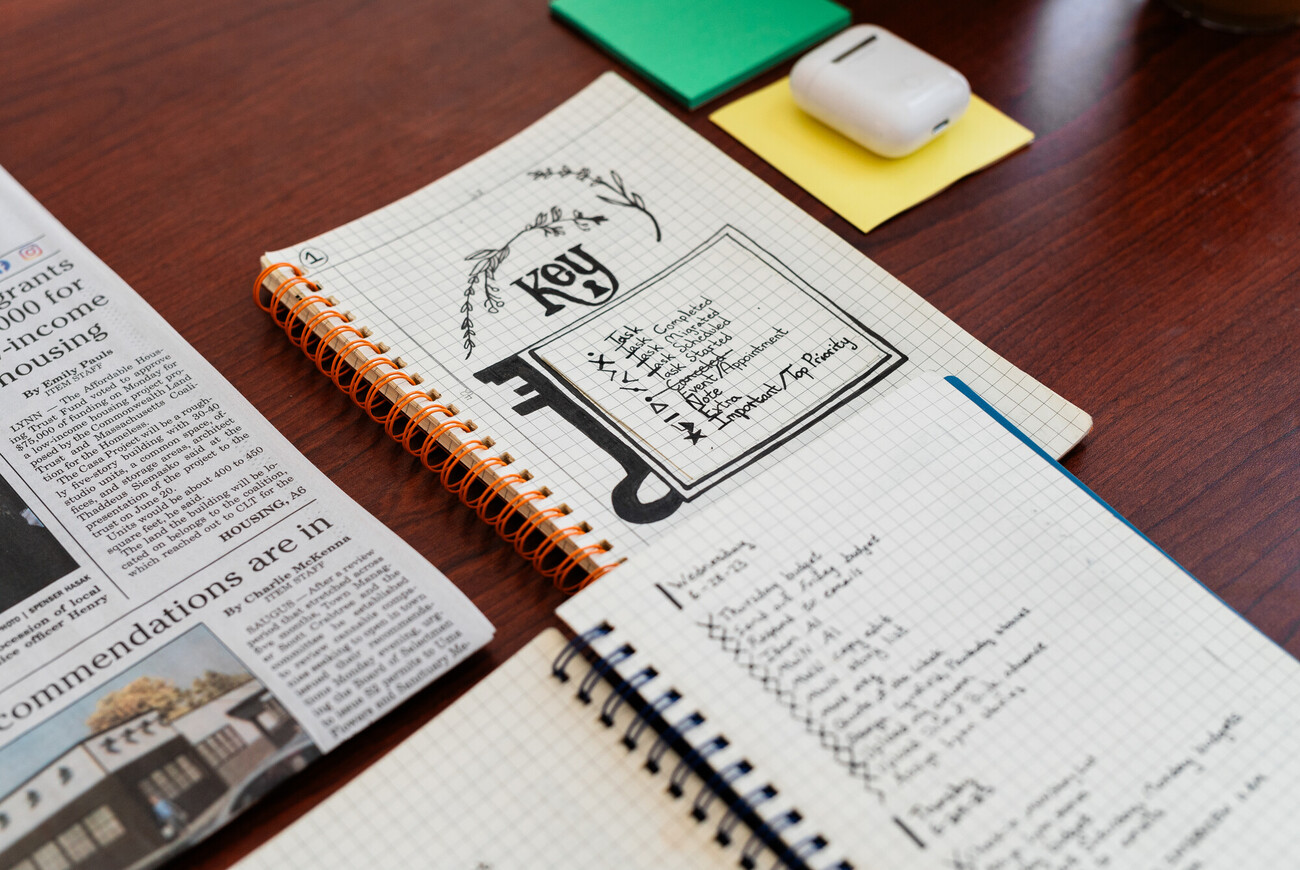In today’s attention economy, you have to fight to keep your focus. Social media companies see your free moment to think while waiting for your morning coffee as an advertising opportunity. With “Barbie,” “Oppenheimer,” Twitter’s rebranding, and the usual flow of unprecedented breaking national news, today’s world offers many distractions.
My secret weapon in this fight is my notebook, or more specifically, my to-do list. I don’t go anywhere without it. In fact, it’s become somewhat of an office-wide joke. I don’t mind. I’m proud of the system I’ve perfected. But it hasn’t always been this way.
I was in sixth grade the first time someone handed my naturally anxious self a planner. My classmates groaned at the teacher-mandated organization tactic, but I grinned. I was exactly the kind of student my school district had in mind when it created the policy.
Despite the fact that my middle school planner had our Cobra mascot on its cover, it made me feel grown up. While elementary schoolers didn’t have anything to plan, now that I was in middle school, I had so much to schedule. Or at least I thought I did.
That first planner planted a seed. In addition to making me feel older, using the planner actually helped. The anxiety I remember feeling about homework assignments and project deadlines evaporated.
Ever since then, I’ve been on a humble quest to discover what is actually the best system to track your productivity. Nearly a decade later, I believe I’ve found the answer — at least for me. Spoiler alert, it is not a district-mandated middle school planner.
Over the years, I’ve developed a set of criteria that my to-do list must meet in order for it to be truly helpful and efficient. It must be easily adjustable, yet on paper. I look at enough screens. It must be aesthetically pleasing, but not take up too much time.
I’ve found an 8” x 5” notebook works best. It’s small enough to fit into most bags, but large enough to fit a decent amount of content onto each page. It has to be graph paper, not lined paper, because it provides structure to each page without feeling restrictive.
The to-do list starts the same each day. I write the day of the week, as well as the date, in a bold 0.5mm Pigma Micron 08 pen, then skip a line to give the list some breathing room, and begin.
I write the list in a 0.7 Sharpie gel pen, which differentiates the day’s tasks from the date above. The list starts as any other, with bullet points.
The markings that come next are best explained by the key I created at the front of my notebook. The idea is to never have to start the list over. Every mark you make is ultimately modifiable until it turns into a full “X” through the original bullet point.
Task started? One slash. Task needs to be rescheduled? Greater-than sign. Task scheduled? Less-than sign. If at any point in the day I finish one of those tasks, I can go back to my to-do list and simply fill out the rest of the “X.”
In addition, there are a few other rules I’ve adopted that flesh out my system. An empty triangle signals an appointment, while a filled-in triangle means the event is complete. A dash or arrow is what I use to add extra notes to bullet points if necessary. A strike through an entire bullet means the task or event is canceled, and a star means the bullet point is of importance or a top priority.
It sounds complicated, yet this complex system has simplified my life. I’ve had a lot of anxious thoughts and distractions since I first started to keep a personal notebook in sixth grade, but my to-do lists have always gotten me through.
Let my experience serve as a reminder that if you’ve ever struggled to keep a to-do list, maybe you just haven’t perfected your system quite yet.
Rachel Barber is The Item‘s news editor. Her column appears every other week.

